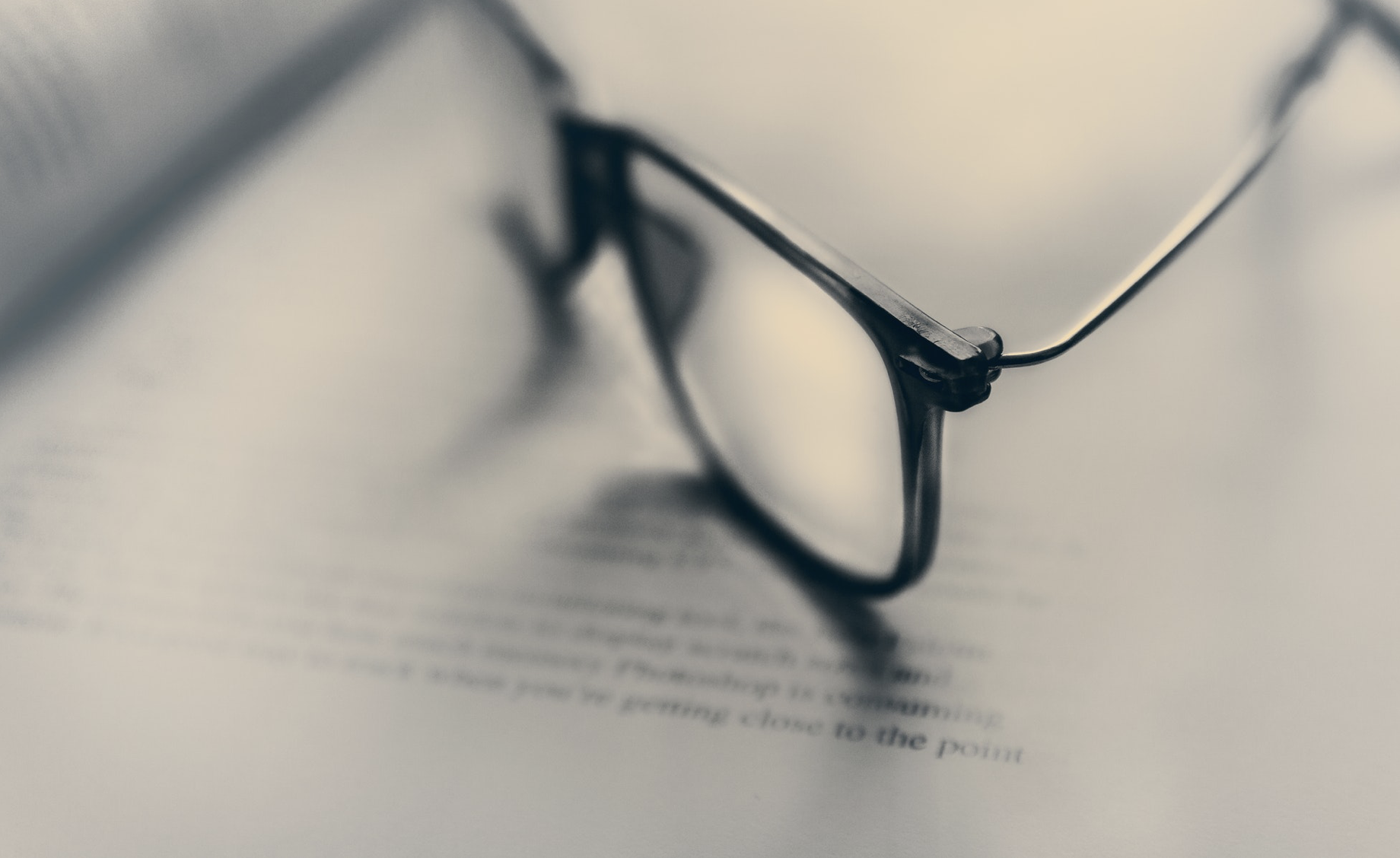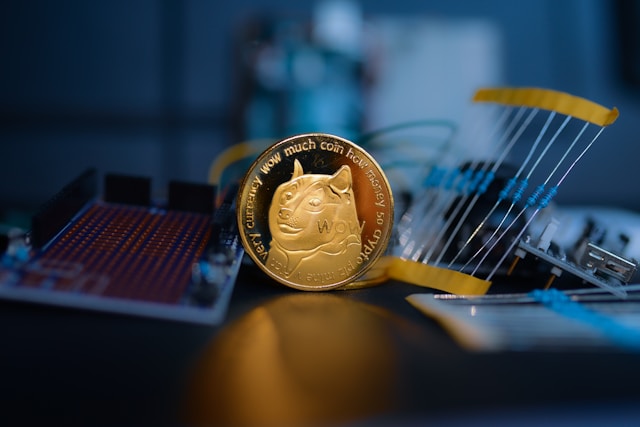
Article 267 TFEU and the Overwhelming of the CJEU
March 28, 2013
Preparing for the GDL and a Career in Law
April 6, 2013Intellectual Property Rights often come up in contracts so any good commercial lawyer will have at least a small appreciation of this area. However, … the brief encounter on the commercial elective only touches the surface.
[/one_third_last]
Different types of right protect different types of ideas. The most well known are patents and copyright, but there are also design rights, performers’ rights and the tort of passing off, amongst others. In the exam you need to have an understanding of what each is and what they protect, how they are obtained and what their worth is. You are likely to be asked to analyse a client’s business and advise what IPR they potentially own, or what action could be taken against a violation of IPR. It is not necessary to memorise the information, as you will be able to refer to your notes. However, it will be important to learn an overview so that you can identify potential IPR or IPR-related issues. I will look at each type of IPR in turn to give such an overview.
Patents
Patents protect inventions under a statutory framework. There are strict requirements for a patentable invention. Registering patents is a complex process, with different stages and fees payable at each stage. It is important for a patent application to be accurate – the technical specification is what will be protected and is also what is examined to determine patentability. Inaccuracy may render the patent invalid and an incomplete claim may allow competitors to make use of the invention in spite of the patent.
Patents protect inventions under a statutory framework.
Patents are initially granted for four years and may thereafter be renewed annually for up to 16 years (20 years in total) for a fee.[/two_third_last]
Patents can be sold, mortgaged or licensed by the proprietor. Patents can be valuable assets, especially where the invention is novel and readily commercialised. Infringements include copying a patented product, offering a patented process in the UK, or importing or exporting a patented product or process.
Remedies for infringement include injunctions, a declaration of validity, damages, an account of profits made from infringement of the patent and an order for delivery of the infringing articles. Successful actions for patent infringement can also severely damage reputation. However, there are penalties for a groundless threat and it is a defence against an award of damages if the infringing party can demonstrate he was not aware of the patent. Therefore it may be better to advise the proprietor to make the infringing party aware of his patent, this does not amount to a threat of proceedings and it prevents a claim of lack of knowledge of the patent should proceedings prove necessary later on.
Copyright
Copyright protects original literary, dramatic or artistic works, sound recordings, films, broadcasts and the typographical arrangements of published editions (i.e. the way the words are laid out in a book). Essentially they protect original artworks, in whatever form they take. It is copyright that is breached when a film or song is copied.
It is important to know who owns the copyright – it is not necessarily the person who ‘made’ the work. For example, if an employee produces a work in the course of employment, the employer will own the copyright, unless otherwise agreed.
Copyright may be transferred or licensed. A transfer or assignment must be made in writing and signed by the copyright owner. The transfer can be prospective; the transferee owns the copyright once the work comes into existence.
Copyright expires at different times, depending on the type of work. There is also a publication right, which comes into existence if a previously unpublished work is published following the original author’s death.
The main remedy is damages for the copyright owner, although it could be possible to obtain an injunction to prevent the infringement and in certain circumstances there are criminal penalties.
Copyright protects original literary, dramatic or artistic works, sound recordings, films, broadcasts and the typographical arrangements of published editions.
[/one_third_last]
Design rights
Design rights protect the design of an object, and fall under three regimes: registered design rights under the Registered Designs Act 1949 (as amended), copyright and unregistered design rights under the CPDA 1988.
Copyright exists in the design drawings and models, however making a finished article to those designs doesn’t infringe the copyright unless the finished articles also have copyright. In addition, design copyright is reduced if they have been ‘industrially exploited’ by making copies through an ‘industrial process’.
A registered design rights gives designs similar protection to patents for a maximum of 25 years. Registered design rights protect the appearance of a design, provided it is novel and has individual character.
Infringements of a registered design right including making, offering or using a product in which the design in incorporated or to which it is applied. The remedies are similar to patent infringement. It is a criminal offence to claim a design has been registered.
It is the appearance of a design that is protected…
[/one_fourth_last]
Unregistered design rights protect the purely functional design – the mechanism in a gun, the particular components and makeup of a machine, the pistons of a hydrogen engine, provided it is original. No design rights exist in the methods or principals of construction or features intended to enable to article to fit or match with other articles. Unregistered design rights cannot prevent competitors making spare parts for the article.
Infringement of unregistered design rights include making products to the design or making design documents to record them to enable products to be made (reverse engineering) or by importing or possessing for commercial purposes. Remedies similar to breach of copyright are available for infringement. However, it is quite difficult to prove infringement of an unregistered design right for the very reason that gives them their name; they are unregistered. A great deal of evidence as to their creation is required. It would be advisable to get protection from other IPR such as copyright or patents where possible.
Trademarks
A trademark is a bade of origin or source – they distinguish goods having one business source from another. The Nike swish, MacDonald’s M and the Microsoft Windows logo are all trademarks. A trademark is registrable unless it is excluded from registration – smells, sounds and colours are all capable of registration provided they are capable of distinguishing the goods or services of one undertaking from those of another and they are capable of graphic representation.
Infringements include using an identical mark for identical services or goods, using an identical mark for similar services or goods, using a similar mark for identical services or goods or using an identical mark in a way which takes unfair advantage of or is detrimental to the reputation or distinctive character of the mark.
Infringements include using an identical mark for identical services or goods, using an identical mark for similar services or goods, using a similar mark for identical services or goods or using an identical mark in a way which takes unfair advantage of or is detrimental to the reputation or distinctive character of the mark.
Injunctions, damages, and accounts of profits can be awarded for a trademark infringement, although a claimant will usually claim for an injunction together with damages. There are also potential criminal penalties for use of a trademark without permission with a view to gain.
Passing off
It is a tort to take advantage of another’s reputation knowingly in a way that causes damage to it.
These are not an exhaustive list of IPR, however, they are the main types of right. As you can see, the general remedies available for an infringement of IPR are damages and/or injunctions. However, as can be seen in the war against piracy and web-downloads, it can be very difficult to identify and sue the perpetrator of an infringement. Infringement proceedings can also be costly and time consuming, especially when relating to non-registered rights that must be proven to exist in court. IPR are still a valuable commodity however, as they can be sold and licensed for a price. So, despite the potential difficulty with infringement proceedings, it can still be beneficial to obtain IPR.
It is also possible to own or be entitled to IPR without realising it and also to impliedly grant a licence for IPR. For example, a distributor who sells a branded product may gain rights to use that brand. For this reason, contracts will often include provisions dealing with an IPR used during or originating from the contract. These provisions are designed to prevent a dispute over IPR occurring or for IPR to be licensed inadvertently through the contract.
In the exam, you are likely to have to identify any IPR, discuss how they might be dealt with and identify any infringements and what action might be taken. Be thorough with identifying any IPR – work through each type of right, and explain why or why not a type of right might be available. Remember there may be several IPR for one product. When advising of infringements and action against infringement, weigh up the possibility of success as well as the cost of bringing proceedings and consider if there are any alternatives to court action.
A useful method I employed to practise identifying IPR was to take an everyday object and list all the IPR available on it. For example, a Kit-Kat will have design rights in the packaging, it might have a patent relating to the makeup of the wafer, it is likely to have a trademark in the name as well as copyright in the design. It has sufficient goodwill for someone to ‘pass off’ the reputation. I would also consider whom the different owners of the IPR would be and what someone would have to do to infringe them. After a while, I could list the different rights in an object very quickly, which came in great use in the exam!





